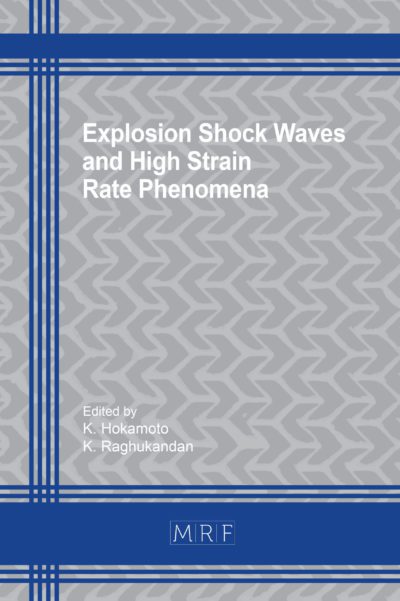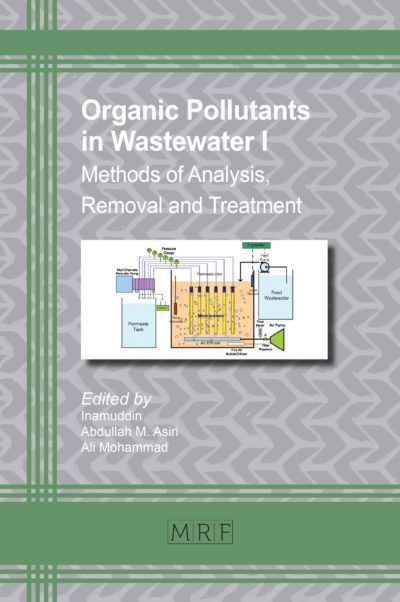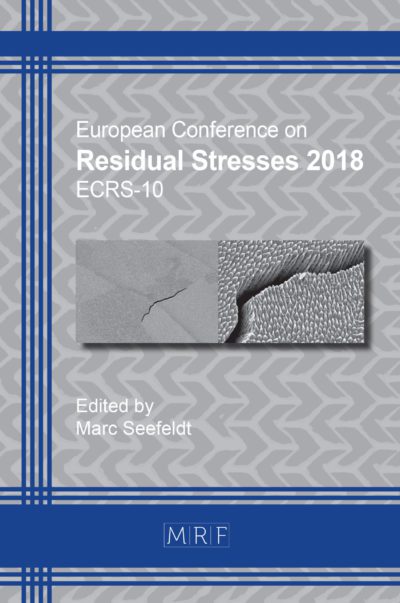Overview of Properties, Features and Developments of PM HIP 316L and 316LN
Martin Östlund, Tomas Berglund
download PDFAbstract. PM HIP 316L is an alloy that is of increased interest for nuclear applications since its recent ASME code case approval. Over the years, comprehensive data and understanding of the properties and features have been collected and evaluated which will be summarized in this article. Since the early developments of the PM HIP technology it has been observed that PM HIP alloys generally exhibit higher yield strengths compared to their conventional counterparts, a feature that applies well for 316L/LN. In this article this is demonstrated, both by using the Hall-Petch relationship as well as Pickering´s and Irvine´s empirically derived relationship between composition and grain size for austenitic stainless steels. Furthermore, a mechanism generating the increased yield strength in PM HIP vs conventionally manufactured 316L and 316LN will be proposed. Results also show that low oxygen contents itself is not a guarantee for good or increased performance in form of mechanical properties, but that there are other features that is of similar or perhaps even higher importance in order to achieve good properties. The results of this article include microstructural properties derived from EBSD measurements as well as tensile and impact properties in a wide range of test temperatures of PM HIP 316L and 316LN from several powder batches manufactured at different locations and processed with various HIP and heat treatment procedures. Finally, some results regarding creep properties of PM HIP 316L is presented.
Keywords
Powder Metallurgy, HIP, 316L, 316LN, Oxides, Inclusions, Microstructure, Impact Toughness, Tensile Properties, PPB
Published online 2/11/2019, 7 pages
Copyright © 2019 by the author(s)
Published under license by Materials Research Forum LLC., Millersville PA, USA
Citation: Martin Östlund, Tomas Berglund, Overview of Properties, Features and Developments of PM HIP 316L and 316LN, Materials Research Proceedings, Vol. 10, pp 121-127, 2019
DOI: https://dx.doi.org/10.21741/9781644900031-17
The article was published as article 17 of the book Hot Isostatic Pressing
![]() Content from this work may be used under the terms of the Creative Commons Attribution 3.0 licence. Any further distribution of this work must maintain attribution to the author(s) and the title of the work, journal citation and DOI.
Content from this work may be used under the terms of the Creative Commons Attribution 3.0 licence. Any further distribution of this work must maintain attribution to the author(s) and the title of the work, journal citation and DOI.
References
[1] ASME Boiler and Pressure Vessel Code Case N-834
[2] T. Berglund, M. Östlund, L. Larsson, Impact toughness of PM HIPed vs. conventional 316L, Proceedings of the Euro PM2015 Congress (2015).
[3] T. Berglund, M. Östlund, Impact toughness for PM HIP 316L at cryogenic temperatures, ASME PVP Conference 2016, Vol 6A: Materials and Fabrication (2016).
[4] D. Gandy, Program on Technology Innovation: Manufacture of Large Nuclear and Fossil Components Using Powder Metallurgy and Hot Isostatic Processing Technologies, Technical Report 1025491, Electric Power Research Institute (2012).
[5] L. Nyborg, Ytsyre och dess inverkan på mekaniska egenskaper hos hetpressade PM-material, Jernkontorets Forskning, Nr. 681, Serie D, TO 80-26, 8064/88, (1993).
[6] F. B. Pickering, Physical metallurgy of stainless steel developments, International Metals Reviews. 21 (1976) 227-277.
[7] K. J. Irvine, T. Gladman, F. B. Pickering. Strenght of austenitic stainless steels, Journal of the Iron and Steel Institute 207 (1969) 1017-1028.
[8] D. W. Kim, W-S Ryu, J. H. Hong, S-K Choi, Effect of nitrogen on the dynamic strain ageing behaviour of type 316L stainless steel, Journal of Materials Science 33 (1998) 675-679. https://doi.org/10.1023/A:1004381510474
[9] J. G. Kumar, M. Chowdary, V. Ganesan, R.K. Paretkar, K. Bhanu Sankara Rao, M.D. Mathew, Nuclear Engineering and Design 240 (2010) 1363-1370. https://doi.org/10.1016/j.nucengdes.2010.02.038
[10] M. Nyström, U. Lindstedt, B. Karlsson, J-O. Nilsson, Influence of nitrogen and grain size on deformation behaviour of austenitic stainless steel, Mater. Sci. Technol. 13 1997 560-567. https://doi.org/10.1179/mst.1997.13.7.560
[11] E. Hall, The deformation and ageing of mild steel: III. Discussion of results, Proceedings of the Physical Society, Section B, 64 (1951) 747. https://doi.org/10.1088/0370-1301/64/9/303
[12] N. Petch, The cleavage strength of polycrystals, J Iron Steel Inst. 174 (1953) 25.
[13] N. Hirota, F. Yin, T. Azuma, T. Inoue, Yield stress of duplex stainless steel specimens estimated using a compound Hall-Petch equation, Sci. Technol. Adv. Mat. 11 (2010) 025004. https://doi.org/10.1088/1468-6996/11/2/025004
[14] A. Lind, J. Sundström, A. Peacock, The effect of reduced oxygen content powder on the impact toughness of 316L steel powder joined to 316 steel by low temperature HIP, Fusion Engineering and Design 75–79 (2005) 979–983. https://doi.org/10.1016/j.fusengdes.2005.06.301
[15] D. Cédat et. al. Advanced mechanical properties of P/M 316L stainless steel material, Presentation at Euro PM2012, September 16-19 (2012) Basel, Switzerland.
[16] A. Angré. A. Strondl, The effect of drastically lowered oxygen levels on impact strength for HIP’ed 316L material, Proc. Of the 11th Int. Conf. on HIP (2014) 162-168.
[17] J. Sundström, Influence of oxygen content on impact strength of hot isostatically pressed PM superduplex stainless steel and 316L stainless steel, Swerea Kimab IM-2005-509 (2005).
[18] W.T. Becker, R.J. Shipley. Volume 11: Failure Analysis and Prevention, ASM Handbook, ASM International 2002 587-626.














